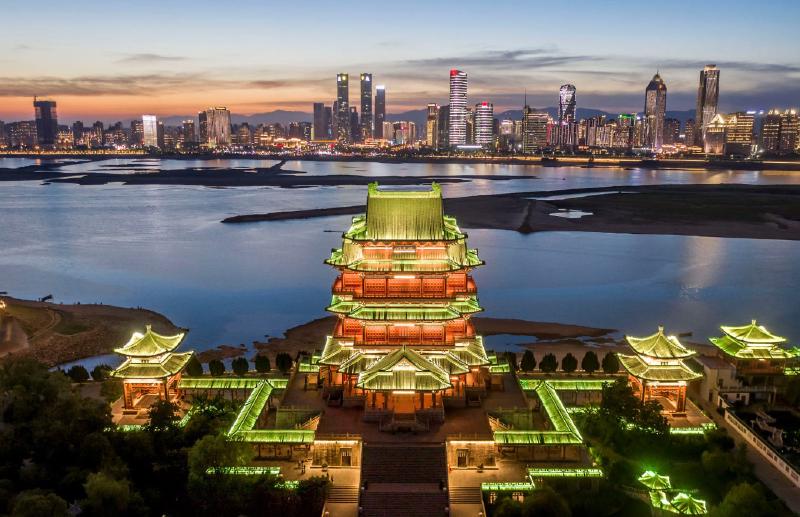The Origin
Finally, I have some time to go out and explore.
Around this time last year, we were also on the road. Back then, the pandemic prevention policies had just shifted, and the state of the tourism industry was almost the same as during the lockdown period. This year, popular tourist destinations are crowded and bustling. Initially, we planned to visit Malaysia since they offered visa-free entry for Chinese citizens. However, due to my family’s busy work schedule, we couldn’t go. By the time they were free, the airfare had soared to over five thousand yuan. Given the price, we decided to make new plans to travel domestically, tentatively planning to spend the New Year in Xiamen and Quanzhou.
Before that, I had to return to my childhood hometown to visit some family members. This part is personal, so I won’t elaborate.
Unlike last year, we didn’t make detailed plans for the entire trip. We only decided to transit through a city in Jiangxi and drafted a rough itinerary.
Departure
Yongzhou: Not in Jiangxi, but a Must-Visit
Starting from Changsha, we took the Jingzhu Expressway (G4) and then transferred to the Quannan Expressway (G72). After a minor traffic jam, Yongzhou was in sight.
7319
Yongzhou is a lazy little city with a slow pace of life. If you want to get something done, just leave 15 minutes early. This city, which once had a GDP of only a few billion yuan, now has a GDP of about 20 billion yuan. This is the place where I grew up.
This photo was taken from the rooftop of my house back then. A river of clear water, a sky with light clouds, and a production area full of newly produced cars just behind a wall. At that time, Liebao (Leopaard) was producing Mitsubishi Pajero under license, and being a military-to-civilian enterprise, it had a steady market on both sides. Life was quite good. Across the Xiang River was the central urban area of Yongzhou. From the starting point, you could take bus route 12 to go to school or shop across the river. Back then, Changfeng Liebao was the best car company in Hunan, and the output value of this factory alone once accounted for more than half of Yongzhou’s GDP. However, a series of events led this state-owned enterprise to file for bankruptcy in 2021, but that’s another story.
Unfortunately, such scenery has disappeared forever. This time when I returned, I saw that the riverside parking lot had been replaced by a thirty-story high-rise. Even the small community where I used to live is rumored to be demolished or converted into “talent housing” or “welfare housing.” So many things have quietly changed during my absence.
Binjiang Park

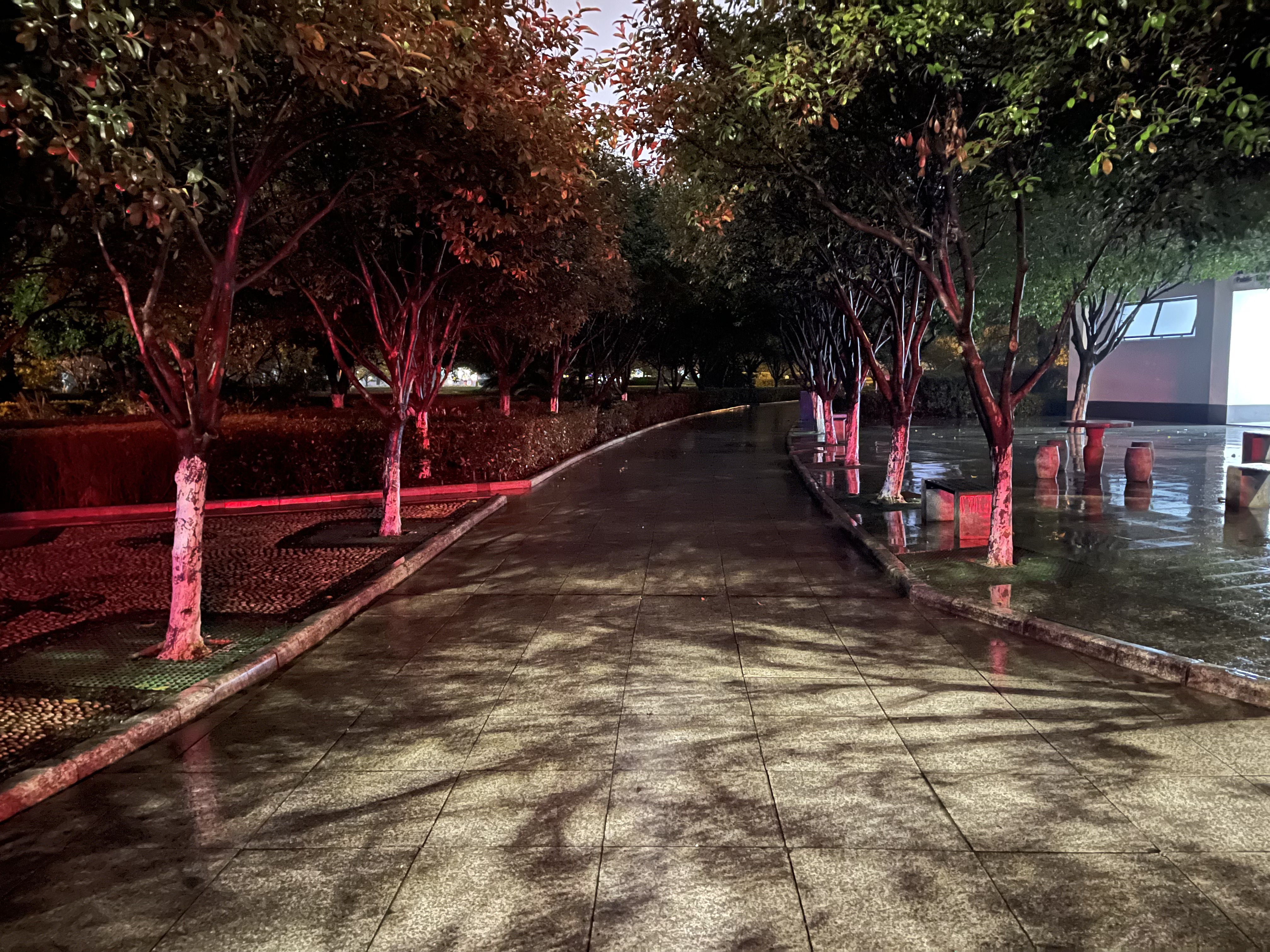

Binjiang Park, also known as Zhongshan Park in Lengshuitan, was a place where I used to play as a child. I took some photos during an evening walk, though not intentionally. Now, I regret not taking more photos during the day. After all, I hadn’t visited Binjiang Park for over ten years. The trees in the park, which were saplings back then, have now formed a “tunnel” of shade, and the young trees have grown into towering ones.
There are also some 24-hour self-service libraries along the river, with a good environment and beautiful scenery. However, the books inside are not so satisfactory. I randomly picked a book from the only bookshelf, and to my amusement, the printing was chaotic—cost control seemed a bit too extreme.
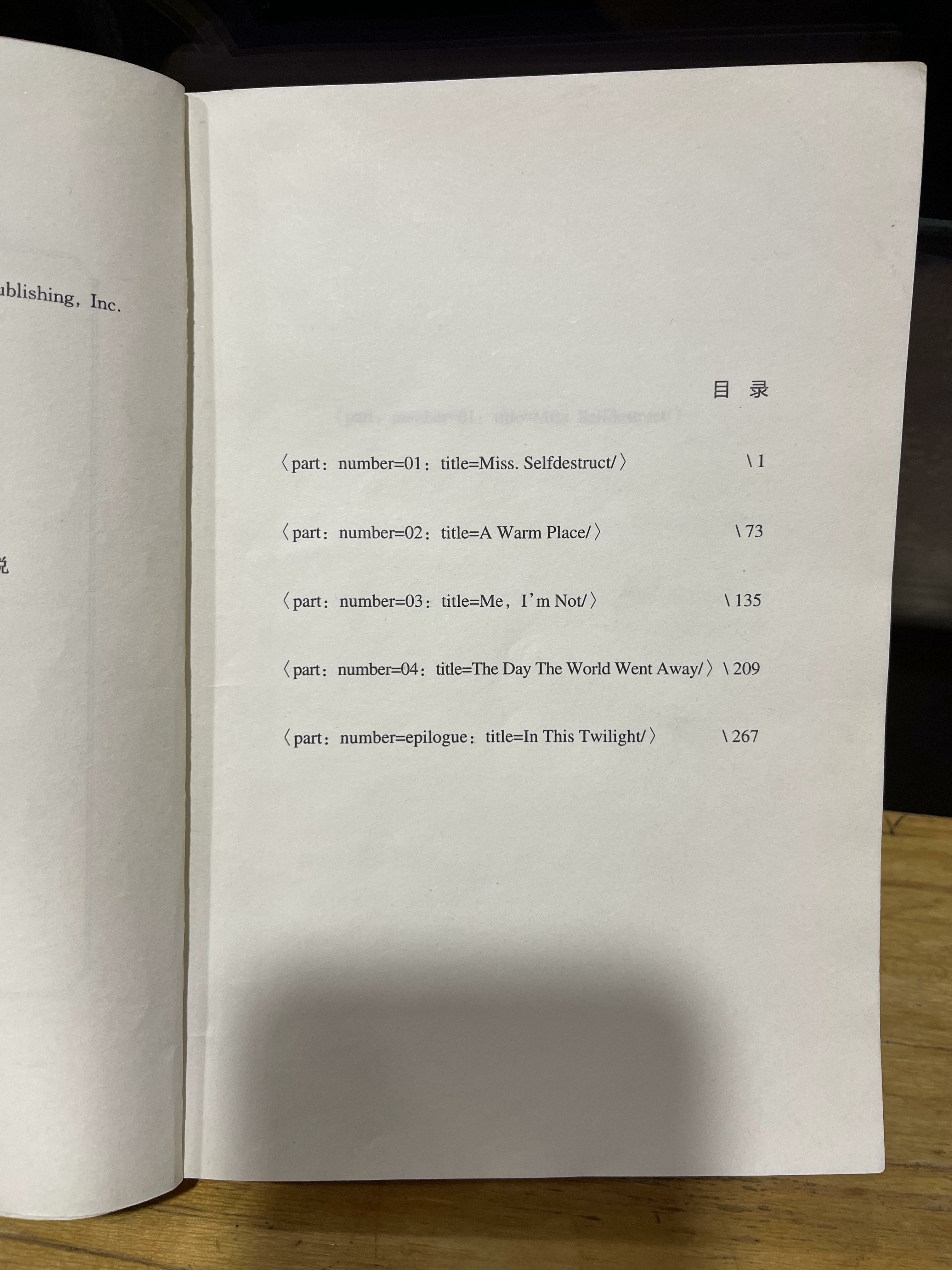
Lingling Ancient City
“I once recognized Lingling County in a painting, but today I find the painting inferior.”
—— Ouyang Xiu

Ouyang Xiu gave a very high evaluation of Lingling County. In terms of tourism, Yongzhou’s resources are actually quite good, but they haven’t been well developed. Additionally, it’s overshadowed by nearby Guilin, a heavyweight tourist destination, which leads to Yongzhou being relatively unknown today.
Lingling Ancient City has been developed in recent years and currently doesn’t attract many tourists from outside the area. The lack of tourists results in unique shops struggling to survive, which in turn makes it less attractive to tourists—a vicious cycle. Nowadays, Lingling Ancient City serves more as a commercial gathering place for locals (it can’t even be called a center), with few shops catering to tourists except for some costume rentals. However, the old streets are genuinely old, making it a good choice for photography.
I must complain about Yongzhou’s no-fly zone—a net clearance protection zone around Lingling Airport covers the entire urban area. As long as you’re in the city, you must apply for permission to fly a drone, even though Lingling Airport has very few flights.
Liuzhou Temple is worth a visit; it’s almost like a small museum.


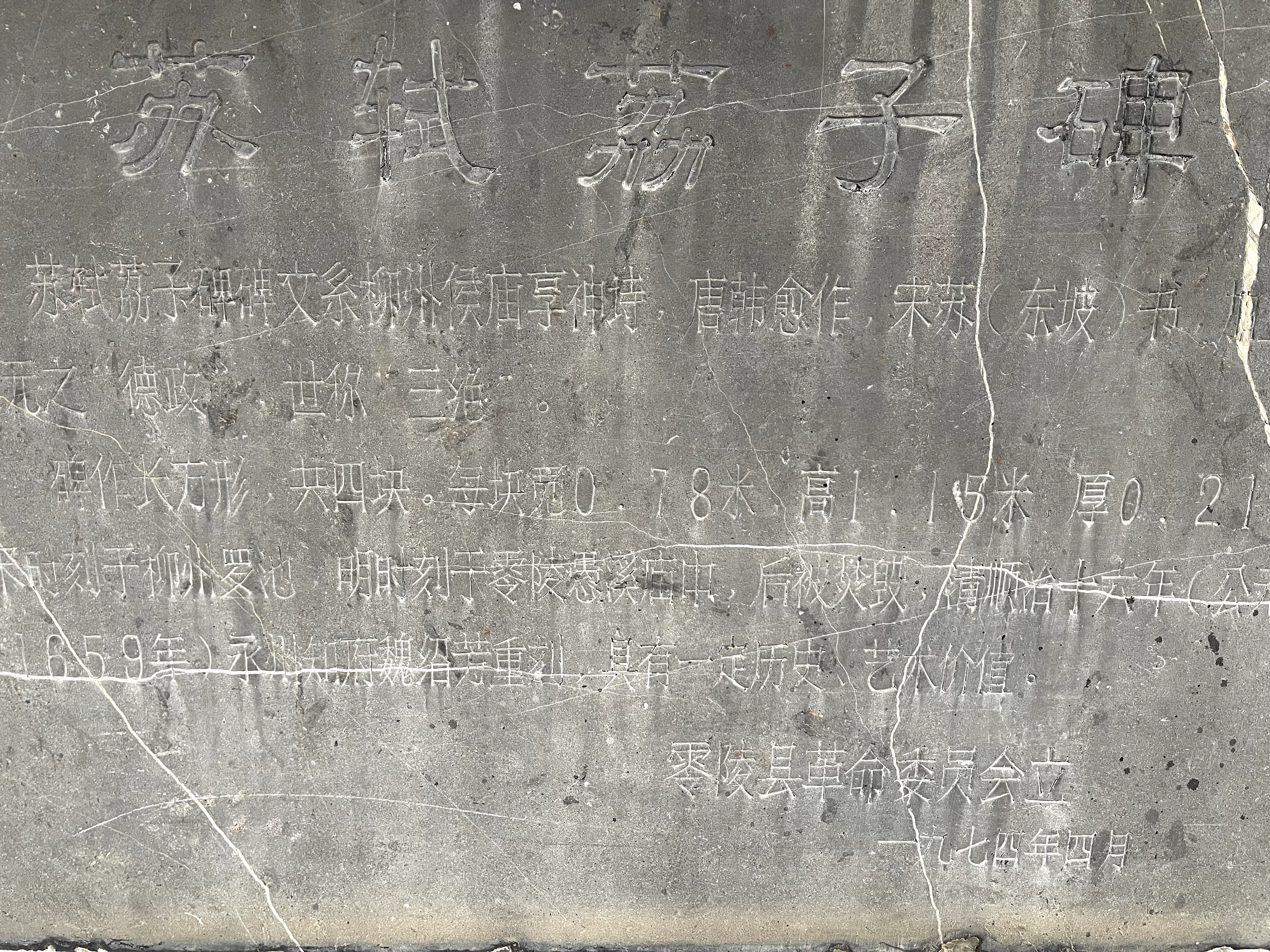

Even during the Cultural Revolution, this relic was protected by the Revolutionary Committee, so it’s not just any ordinary relic. At that time, Yongzhou was still known as Lingling District and didn’t become Yongzhou City until the 1980s. Seeing the heritage protection unit and the Revolutionary Committee’s signatures on the same stone tablet always gives a sense of incongruity.
Lingling Martial Temple
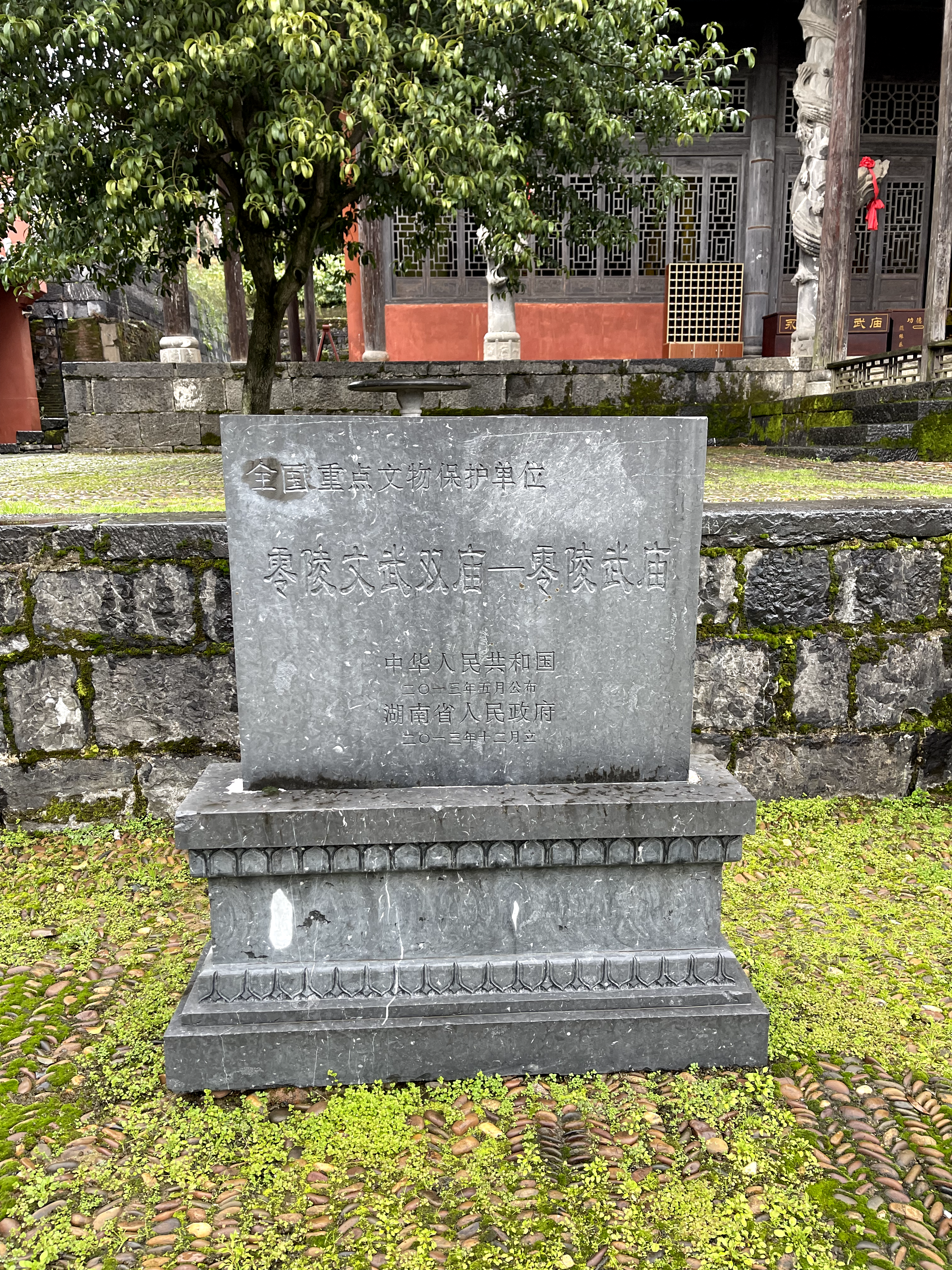


Yongzhou Martial Temple is the largest and most regionally distinctive martial temple south of the Yangtze River. It enshrines Guan Yu, and this ancient building, built during the Hongwu era and last renovated during the Guangxu era, is the only precious heritage that survived the Cultural Revolution. “Among them, four blue stone dragon and phoenix pillars, carved with male and female coiled dragons, with large dragon heads holding pearls in their mouths, appear ready to soar. Two female dragons hold small dragons, which are lively and vivid, exquisitely crafted,” are rare ancient carving art masterpieces. 1
It’s hard to imagine the exquisite craftsmanship of the carved beams and painted rafters without seeing it in person.
“Not Developing is the Greatest Development”
“A thousand mountains with no birds in flight, ten thousand paths with no human traces.
A lone boat, an old man in a straw cloak, fishing alone in the cold river snow.”
—— Liu Zongyuan, “River Snow”
When Liu Zongyuan was exiled to Yongzhou, he wrote many wonderful texts for Yongzhou. Besides “River Snow,” his “Eight Records of Yongzhou” include “Record of the Little Stone Pool” and “The Snake Catcher,” which were selected as classics in textbooks. Liu Zongyuan’s descriptions of water, wood, fish, and stone are vivid and detailed. As he said in his “Preface to the Poems of Yuxi,” “clear and beautiful, ringing like metal and stone.” Liu Zongyuan found his spiritual solace in the mountains and waters of Yongzhou, and his writings, if well-managed, could completely become a powerful free tourism advertisement like “Guilin’s landscape is the best under heaven.”
Whenever I talk about Yongzhou, my favorite phrase is: “If you want industry, the industry is not well-developed; if you want tourism, tourism is not well-developed.” Yongzhou is now in a very awkward position, with beautiful mountains and rivers, but next to it is Guilin, a world-class tourist destination. The city’s once pillar industrial enterprise has now fallen into bankruptcy. What does Yongzhou still have to offer now? I really can’t think of anything.
Locals often say: “Not developing is the greatest development for Yongzhou,” meaning preserving the beautiful mountains and rivers, making the city exquisite, clean, and full of “leisurely charm,” is the greatest development for Yongzhou.
Nanchang: An “Important” Central City in the Middle Reaches of the Yangtze River
The distances between Wuhan, Changsha, and Nanchang are about the same, forming a tripartite structure of the middle Yangtze River city cluster. I usually stay in Changsha and have visited Wuhan many times, but I’ve never been to Nanchang. This time, I finally unlocked all the cities in the middle Yangtze River city cluster.
There are many online references to the “Ring Jiangxi,” like the “Ring Jiangxi Economic Circle” and “Ring Jiangxi 5G Demonstration Belt.” Modern Jiangxi’s economy indeed lags behind its neighboring provinces for many reasons, which are explained in detail in various videos and articles online 2, so I won’t elaborate here. Nanchang gave me the impression of a “Ring Jiangxi” city—it feels like Changsha ten years ago.
Spicier than Hunan
Hunan and Jiangxi are the two provinces in China that can tolerate the most spicy food. But if you ask who is the top, Jiangxi would claim second place, and Hunan would not dare to claim first. Yes, Jiangxi is indeed spicier than Hunan.
In fact, Hunan people are essentially Jiangxi people. During the Yuan Dynasty, there was a saying, “Jiangxi fills Huguang, Huguang fills Sichuan” 3, leading to many Hunan people’s ancestral homes being in Jiangxi (including mine). In terms of spiciness, Jiangxi’s “mildly spicy” is genuinely spicy. Subjectively, Jiangxi’s mildly spicy is close to Hunan’s moderately spicy.
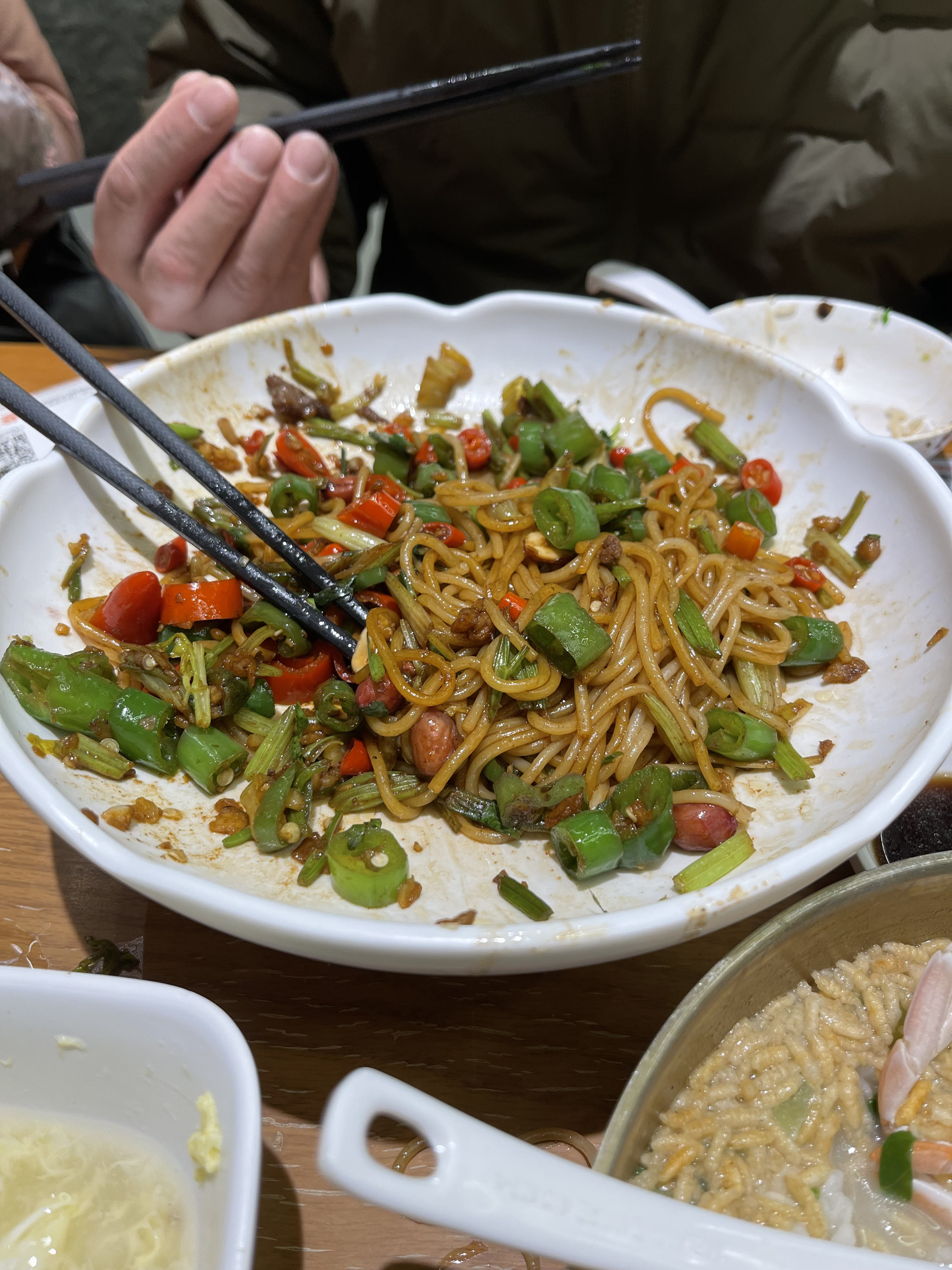
Jiangxi Provincial Museum




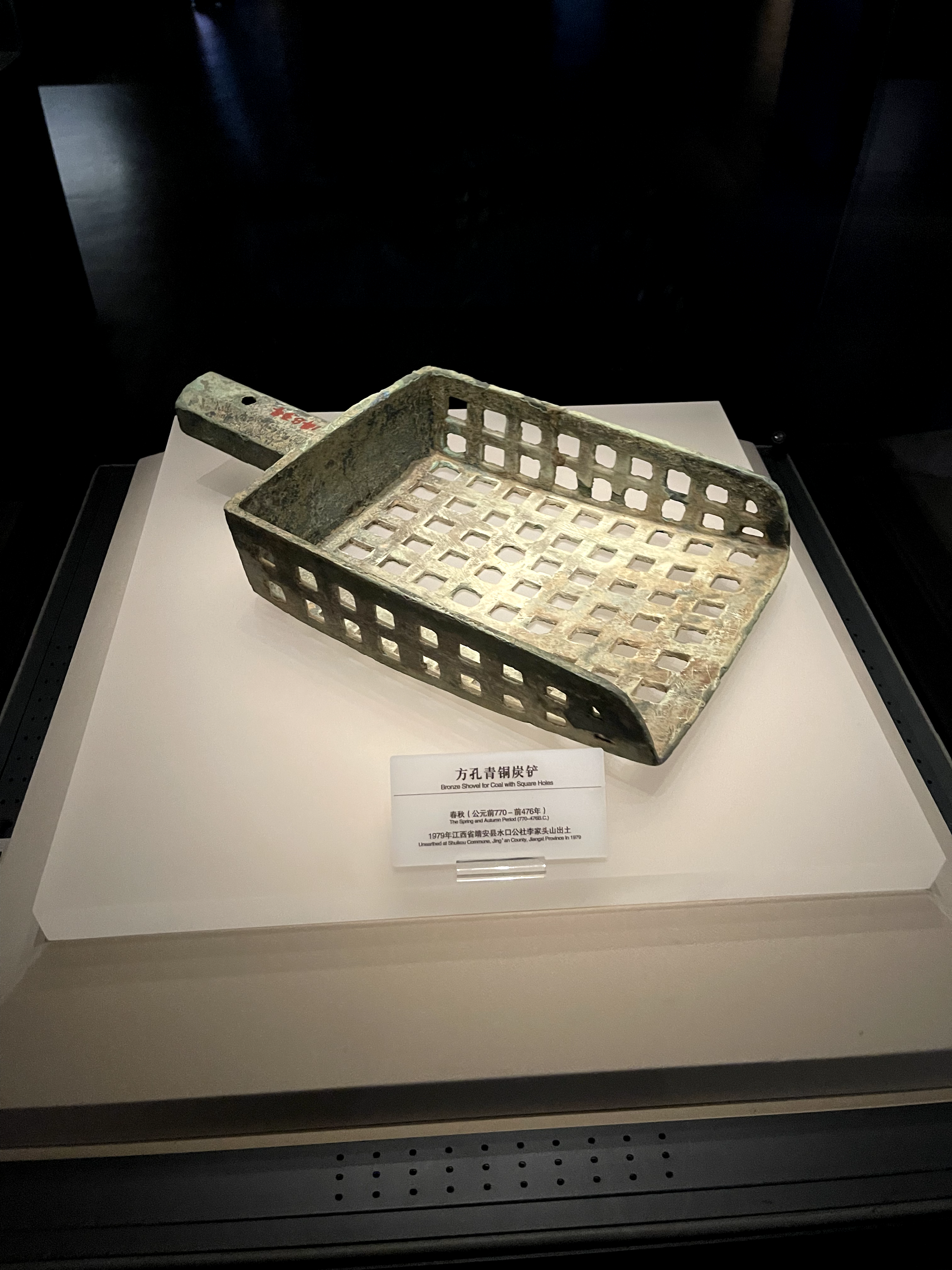

As a window into a province’s ancient culture, the provincial museum is naturally worth a visit when in the capital.
The Jiangxi Provincial Museum gave me the overall impression of being large and grand, but with relatively few exhibits. It’s understandable, as Jiangxi doesn’t have world-class heritage like the Lady of Dai from the Mawangdui Han Tombs in Hunan, nor was it an economic, political, and cultural center like ancient Chu in Hubei. Having seen the museums of Hunan and Hubei, the Jiangxi museum might feel underwhelming.
The exhibits in the Jiangxi Provincial Museum include the usual ancient bronzes and exquisite artifacts of the ancestors, as well as local specialties. Jiangxi’s Jinggangshan, as the central Soviet area, left many traces of the activities of the Soviet regime. Additionally, as an important center of pottery production throughout history, Jiangxi’s museum showcases many ancient and modern ceramics, all very distinctive.
Tengwang Pavilion
The wealth of nature, the talent of people, the city shrouded in mist, the stars of talent shining. The “Preface to Tengwang Pavilion” epitomizes the ancient glory of Jiangxi. Half of Jiangxi’s ancient prosperity is reflected in Tengwang Pavilion.
Not the Most “Jiangxi” City
When it comes to the most “Jiangxi-flavored” city, the first one that comes to mind is Ganzhou, not Nanchang. Nanchang’s presence is really too low. The original terminal of the Beijing-Kowloon Railway was planned to be Jiujiang in Jiangxi, and the most representative ancient city in Jiangxi is undoubtedly Ganzhou. Even Jiangxi’s own development strategy focused on developing Jiujiang and Ganzhou until recently. In today’s “thousand cities with one face,” Nanchang is really “too un-Jiangxi.” It is ultimately a provincial capital with no presence.
Yichun: Hot Springs
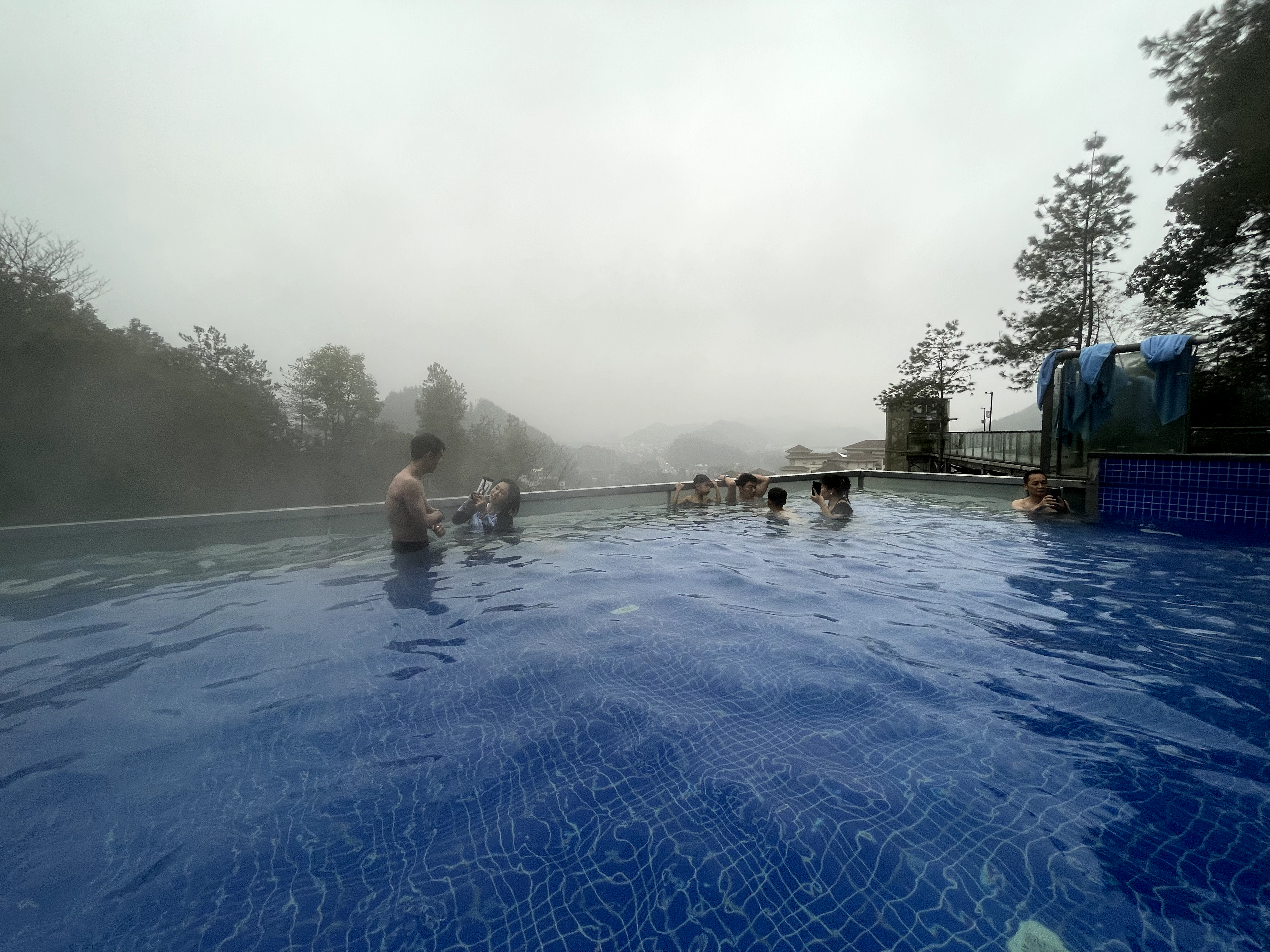
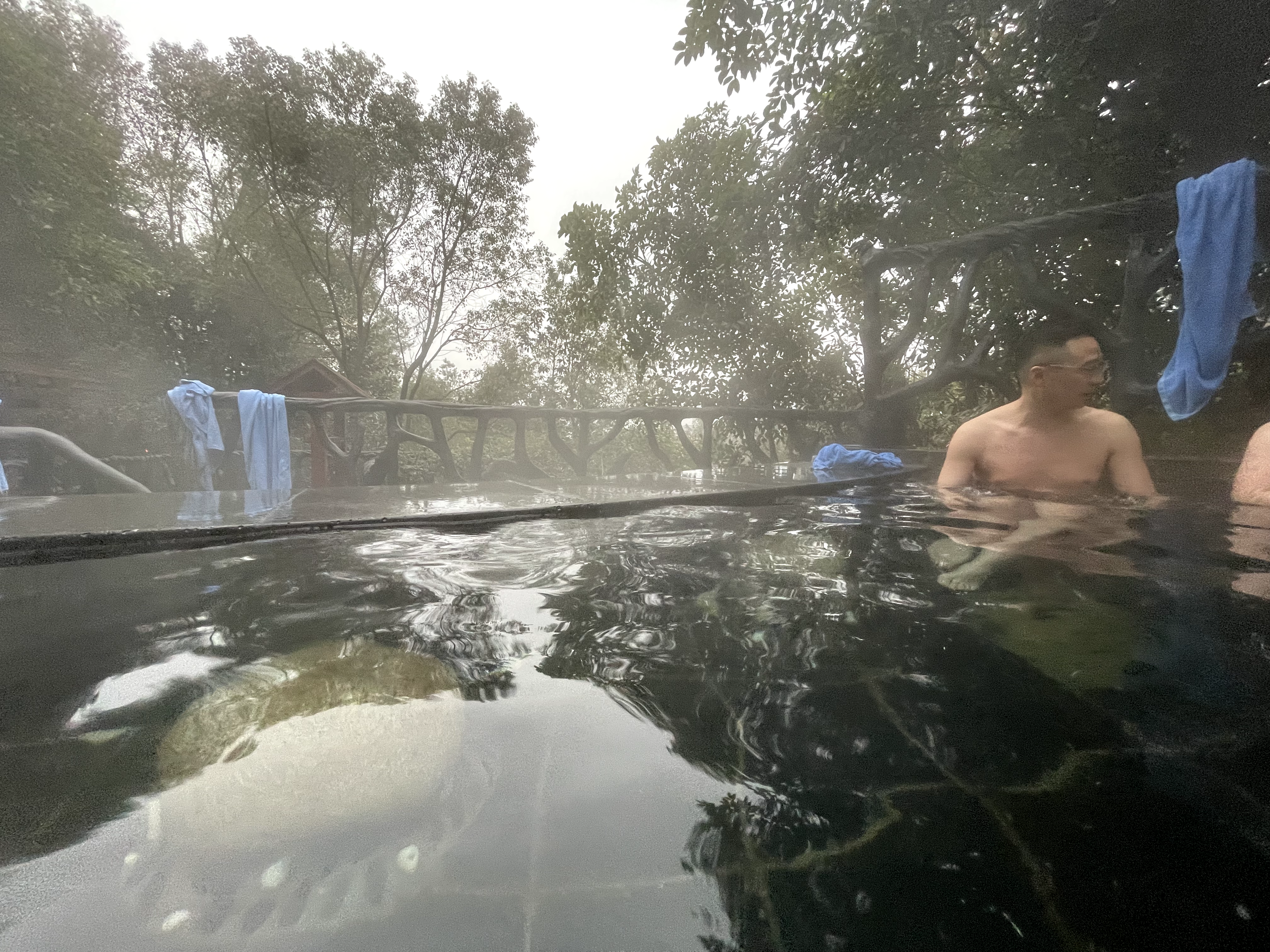
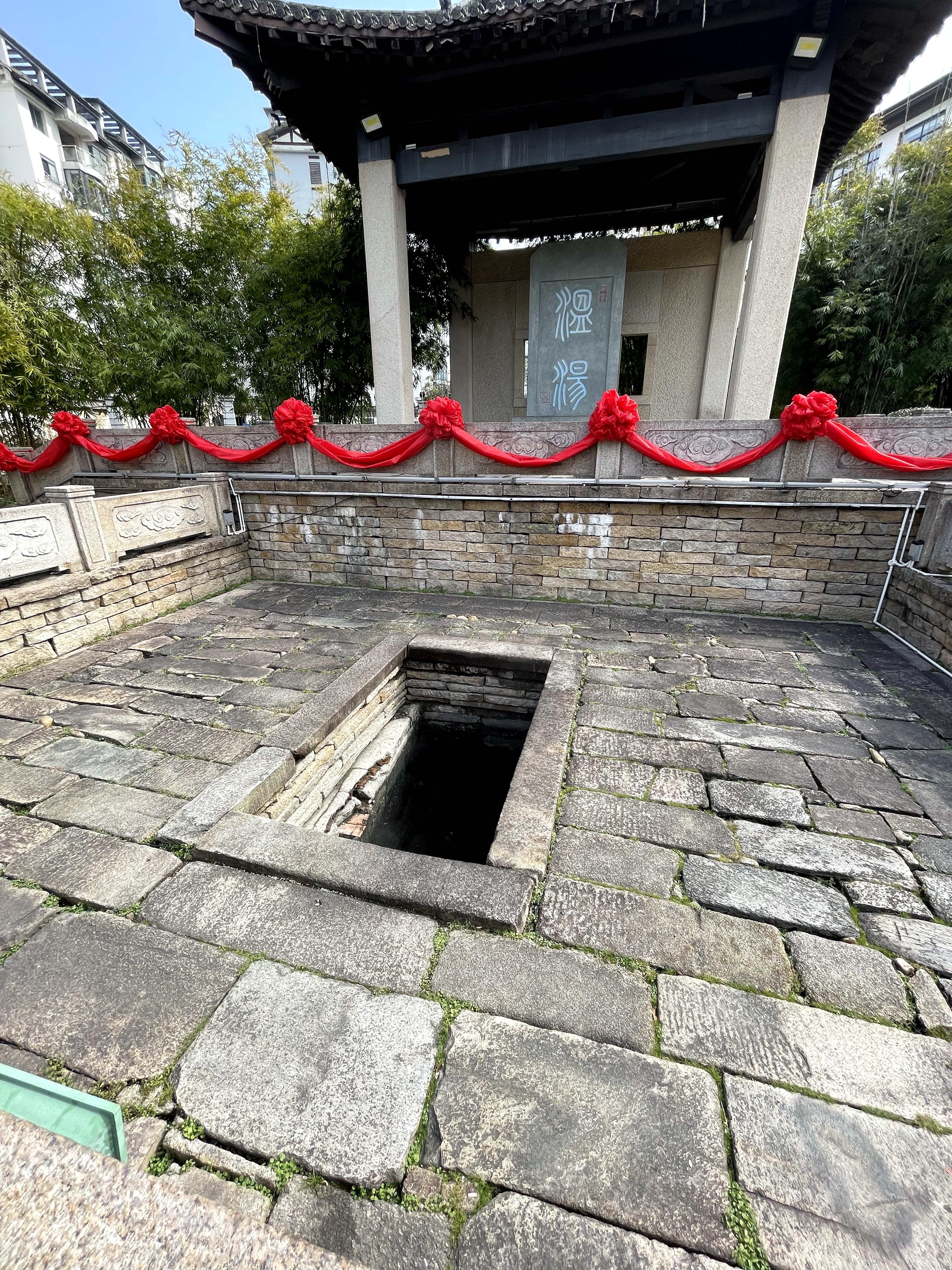
How did I know about Yichun? The answer is: from advertisements on the highway. The hot springs here are called “selenium-rich hot springs,” some say they are the only ones in the world, some say they are one of two in the world. In any case, it’s about soaking in hot springs, who cares if it’s the only one in the world. The hot springs are said to maintain a temperature of around 70°C year-round, with 20,000 tons of hot spring water gushing out daily, rich in selenium and low in sulfur, making it an excellent destination for hot spring therapy and vacation.
The hotel’s bathwater is also hot spring water, with the drawback of fluctuating temperatures. Although it’s uncertain if it’s truly hot spring water and how much heated water is mixed in, having a bathtub in the hotel makes it almost like having a private hot spring. However, the bathtub’s water flow was disappointingly slow, and since the room came with hot spring tickets, it was better to soak in the real hot springs. The so-called infinity pool on the mountain top was also hot spring water but turned into a bounded pool due to insufficient water levels, which was a bit disappointing. The air here is very fresh, supposedly high in “negative ions,” though the reliability of this claim is uncertain.
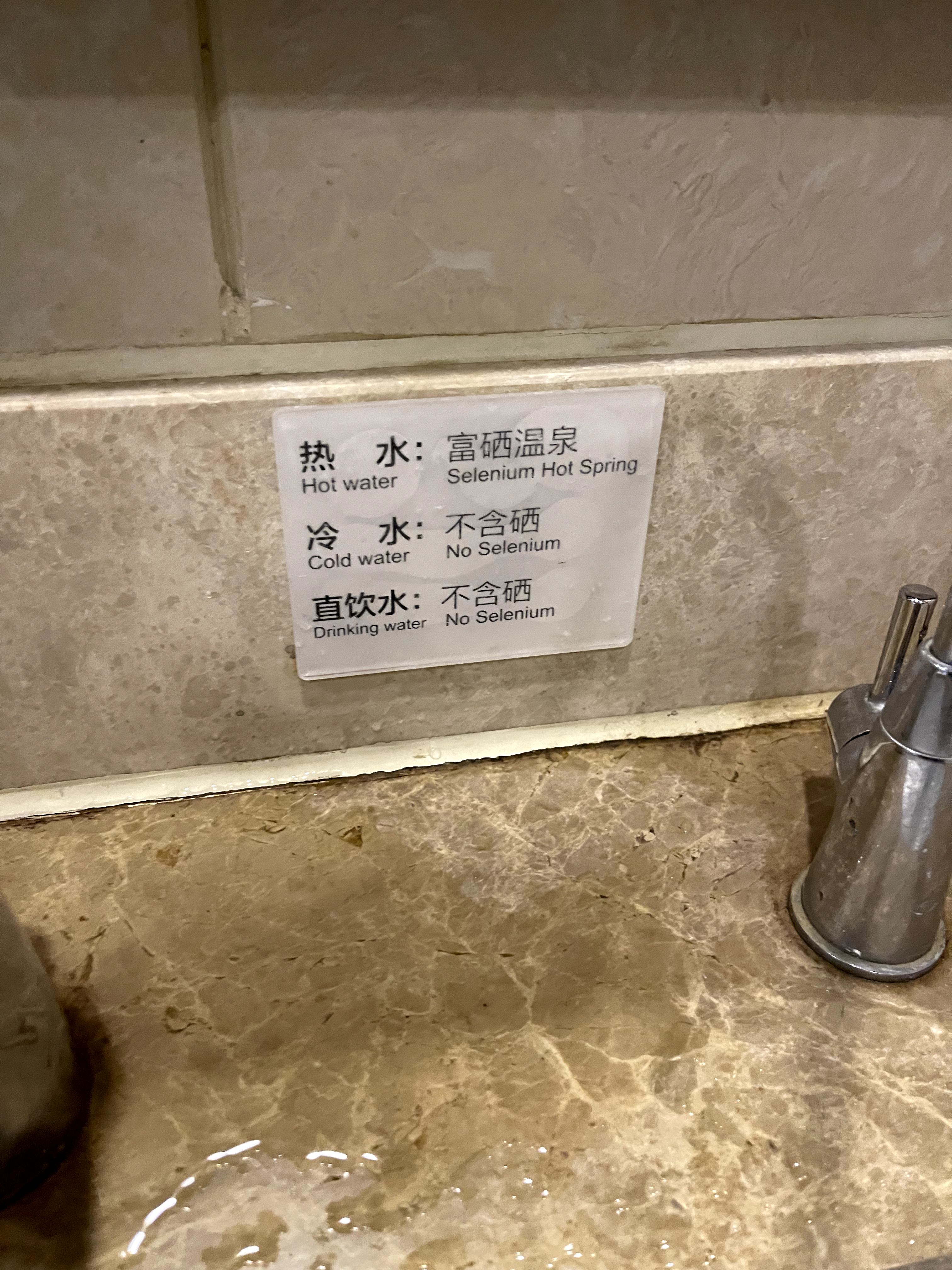

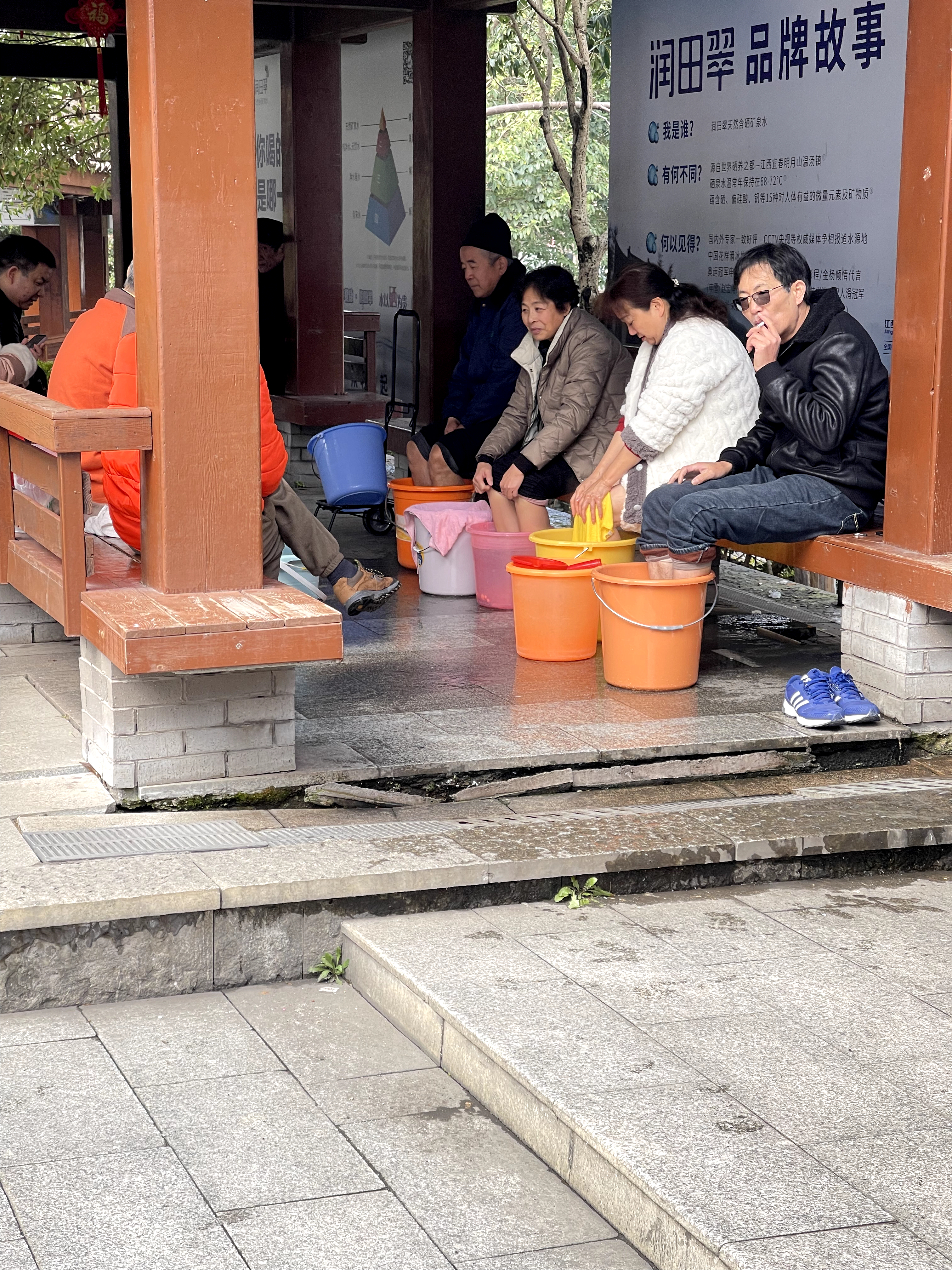
The ancient well in Wentang Town, which maintains a temperature of 70°C year-round, is open to the public for free, creating an interesting culture—this temperature is perfect for… soaking feet. The locals, regardless of age, come to the ancient well every day with buckets, fill them with the perfectly warm selenium-rich hot spring water, and sit by the well or in nearby pavilions to soak their feet and chat. If the water gets cold, they dump it out and refill the bucket, soaking until satisfied. I would never believe anyone here has athlete’s foot.
The hotel prices during the Spring Festival didn’t increase much, possibly because they were already relatively high. Knowing this, I should have stayed a few more days.
What Happened to Quanzhou and Xiamen?
As for why we didn’t go to Quanzhou and Xiamen…
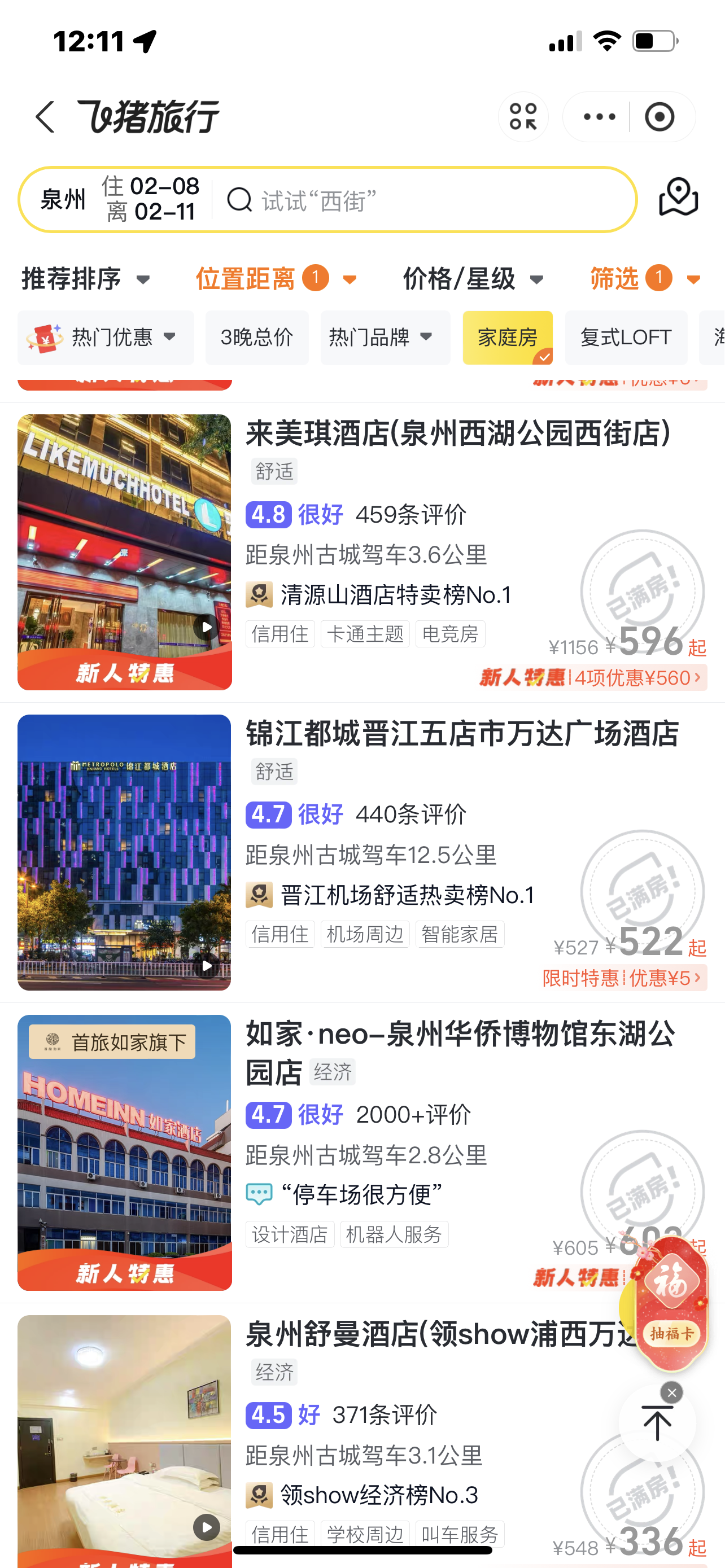
Referenced from Baidu Encyclopedia ↩︎
You can watch this video for more details, https://www.bilibili.com/video/BV1mw411C7RL ↩︎
For more on this history, you can refer to Wikipedia and Hunan Daily ↩︎
